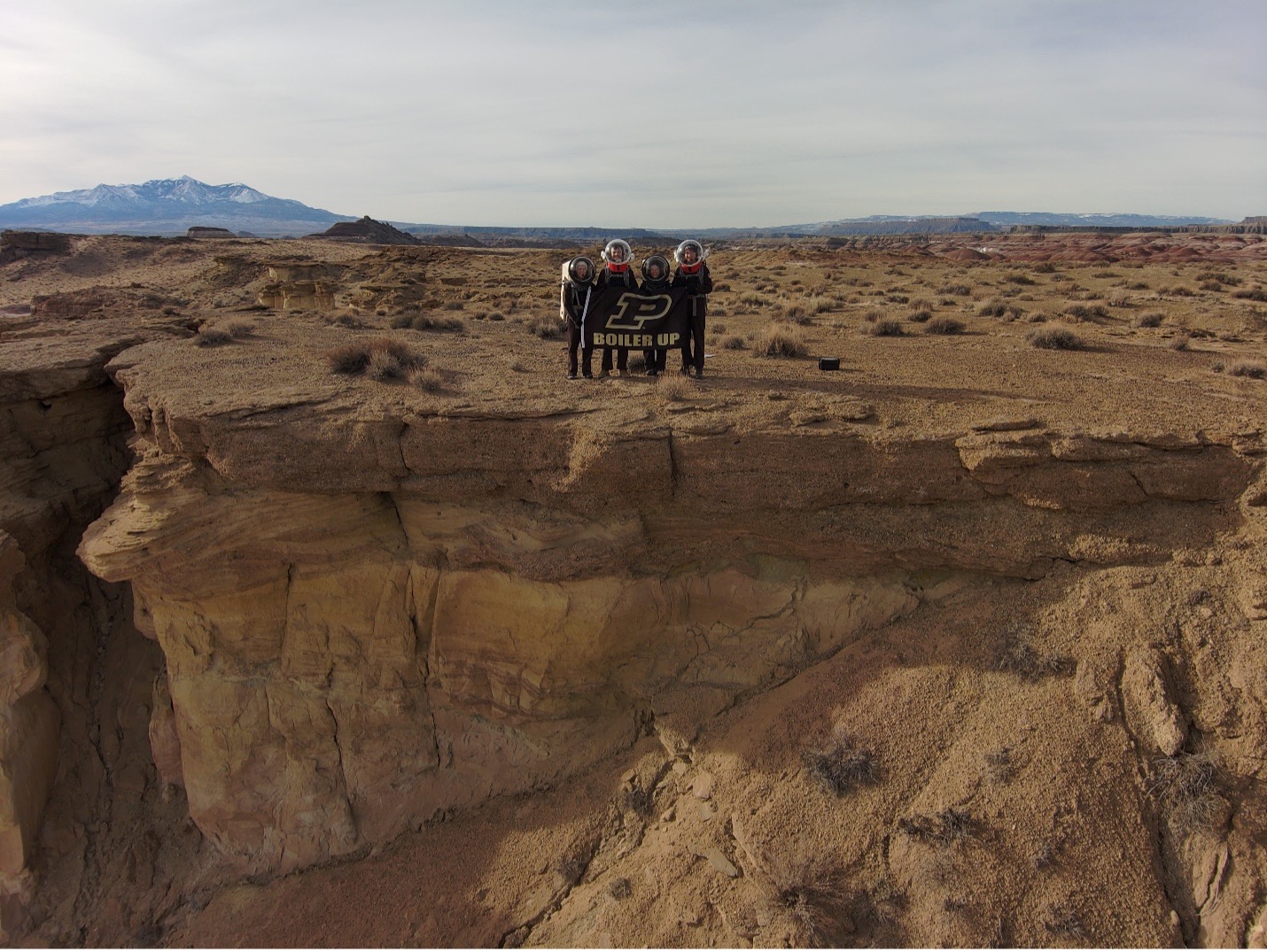Life on Mars: Purdue students at the Mars Desert Research Station
| Author: | Kenneth Pritchard |
|---|

A team of Purdue students went on a two-week mission to the Mars Desert Research Station, simulating the experiences of crew life on a research station on the red planet. Below is an account of their trip from Kenneth Pritchard, a Purdue AAE student and the team's journalist. The team is accepting applications for the next crew — the deadline to apply is April 21. Fill out the form on their website.
Hanksville, Utah is one of the closest places you can get to the surface of Mars – not in terms of physical distance, but due to the two locations’ shared affinity for sun-soaked sands, an alien landscape, and the conspicuous presence of one Mars Desert Research Station. This facility, often shortened to MDRS, is an analog space habitat maintained by the Mars Society. Like other habitats of its kind, MDRS hosts researchers for rotations in live simulation of operations inside (and outside) the deep space habitats of the future. Analog astronauts of various backgrounds come to study the associated challenges of living and working in remote isolation. The red, iron-rich backdrop of the Utah desert provides authentic Martian context to this research. Our crew was the 272nd to visit MDRS, and it was the fifth crew comprised entirely of Purdue students and staff.

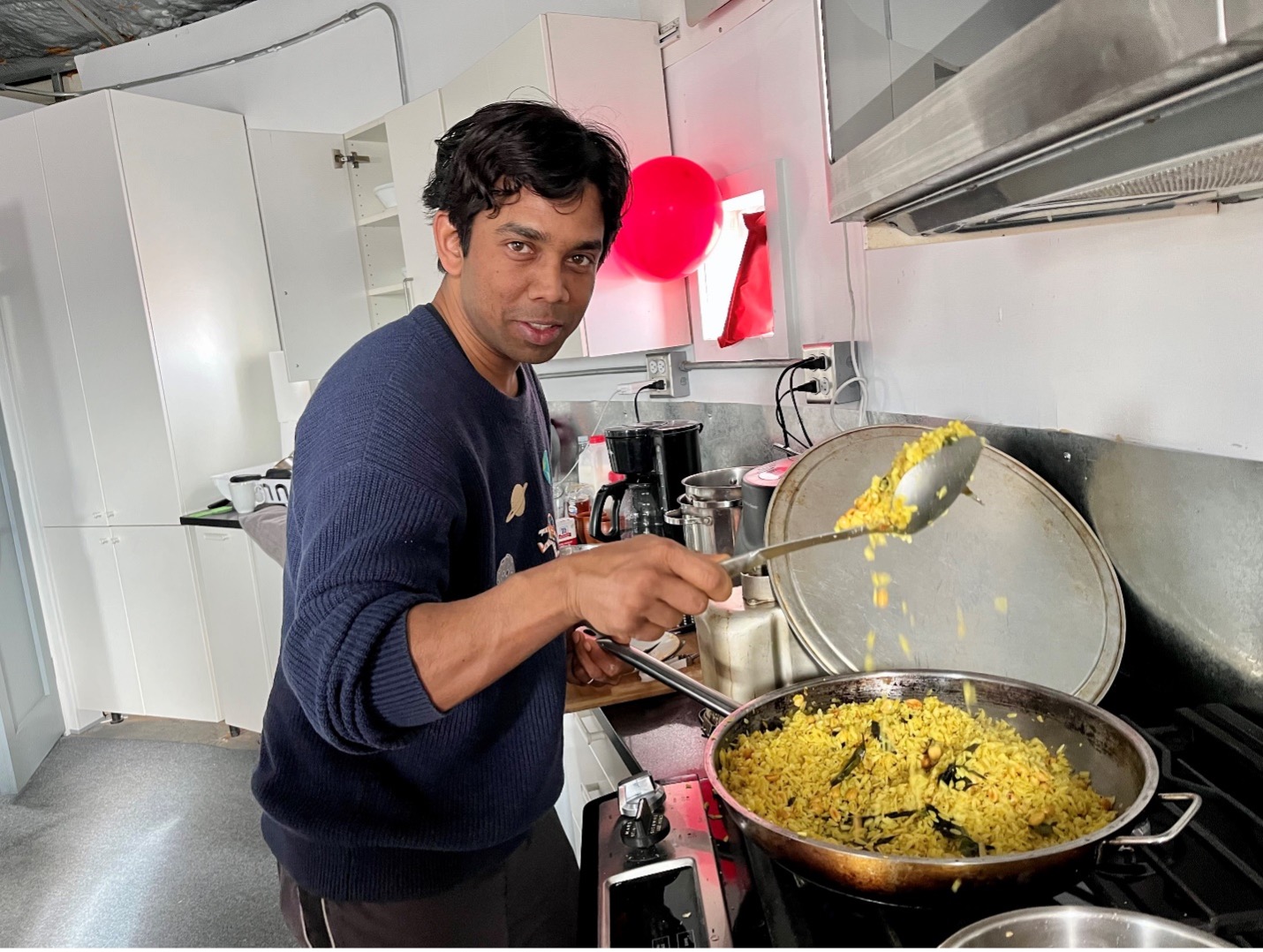
Crew 272, dubbed the “Purdue Redusters,” was fearlessly led by Commander Kshitij Mall, a postdoctoral researcher in the School of Aeronautics and Astronautics. Kshitij is a veteran analog astronaut who previously participated in one of Purdue’s first two-week rotations at MDRS. He worked with the Space & Earth Analogs Research Chapter of Purdue (SEARCH) to assemble this year’s crack team of student space explorers from hundreds of applicants. After several months of meetings and research project development, we set out for MDRS with a crew of seven, including representation from four schools (AAE, ABE, EAPS, and ME) and three countries (US, India, and Canada)! A support network was formed by Purdue Mission Control, our primary advisor, Prof. Cesare Guariniello, other research advisors and collaborators, and our ever-reliable backup crew.

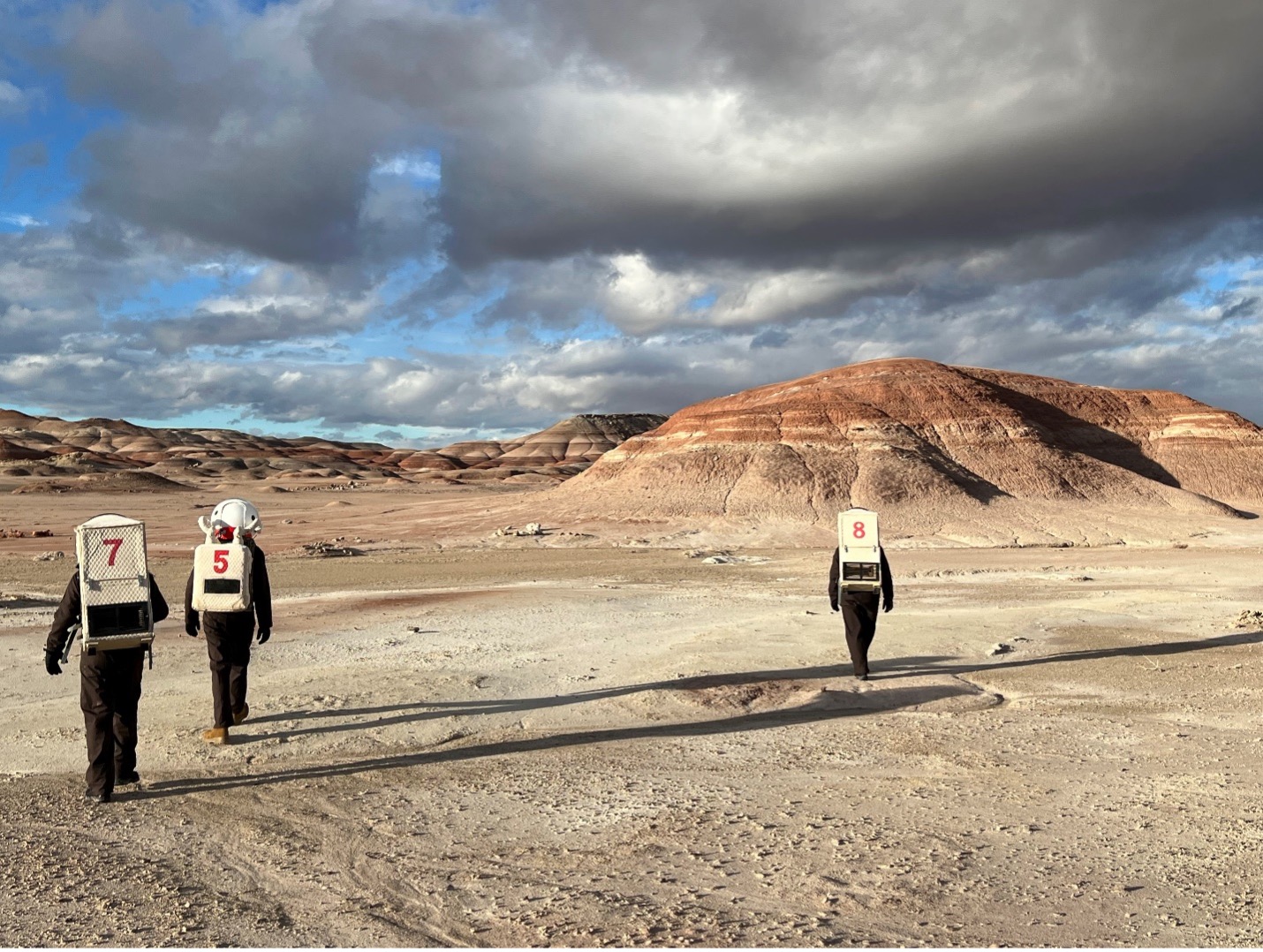
An average ‘sol’ at MDRS started with some light exercise led by our health and safety officer, Megan Rush. Stretching is much needed after we emerge from our tiny bunk rooms – floor space doesn’t come cheap when you need to fit seven people in a space-portable dome! We ate our gourmet dehydrated breakfasts together each morning, and for dessert we’d enjoy a group briefing on the sol’s plans. Crew Geologist Adriana Brown typically led groups of four in our near-daily extra-vehicular activities (EVAs) to nearby geologic formations with names like Cowboy’s Corner, Candor Chasma, and Kissing Camel Ridge.
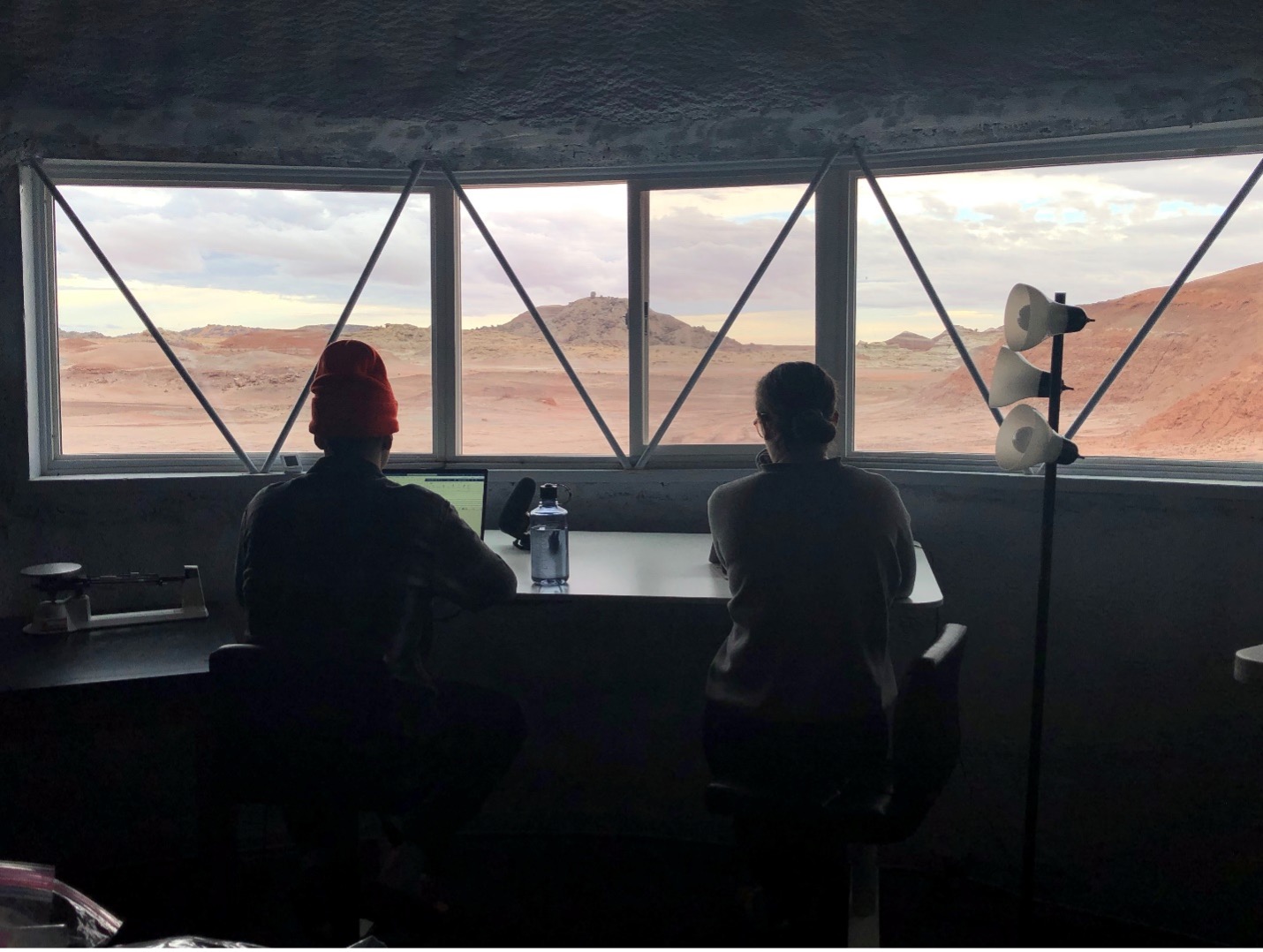
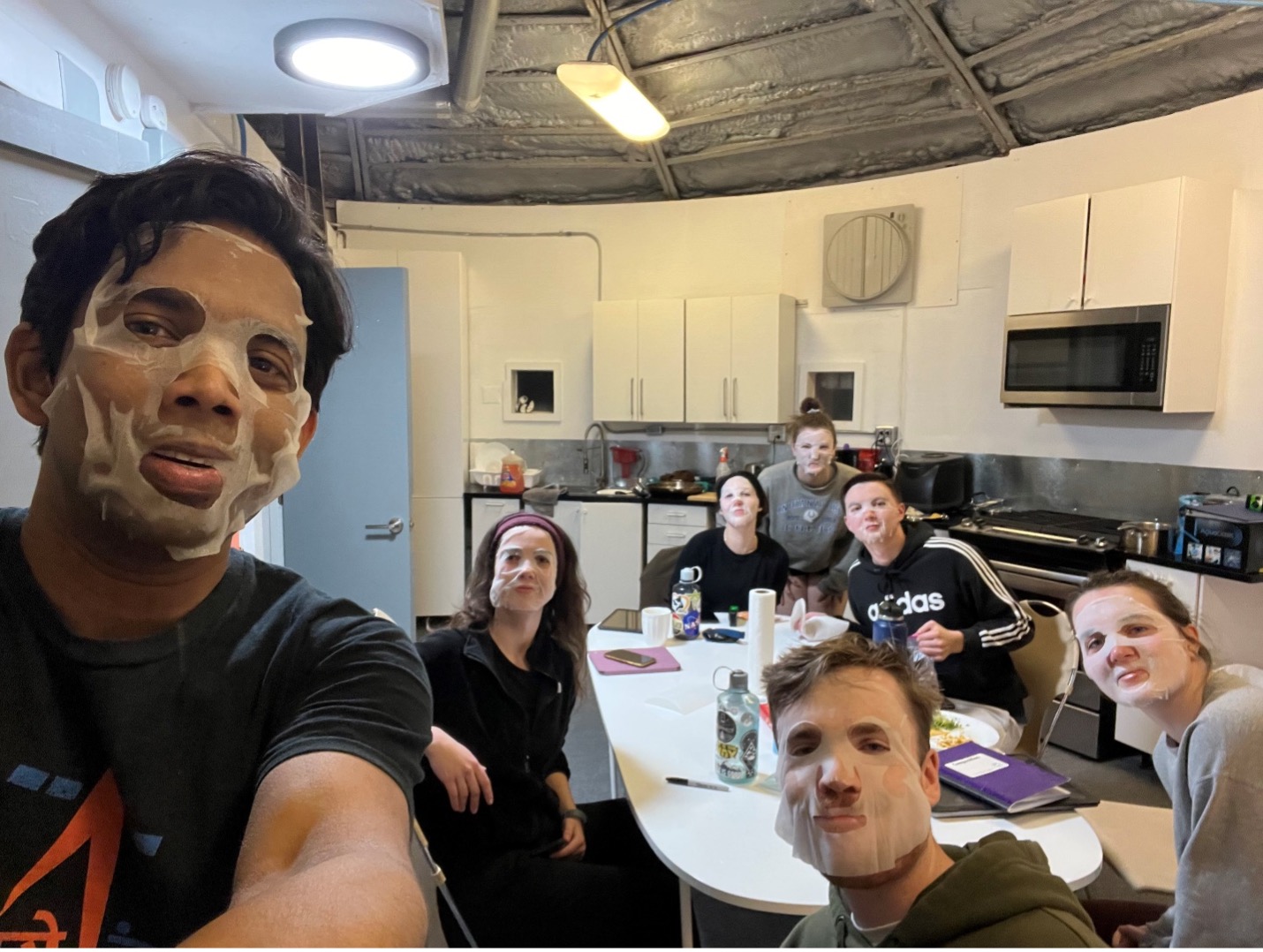
In the spirit of true simulation, the air outside was considered to be unbreathable. This meant a strict pre-EVA procedure of donning bulky air-circulating EVA suits, checking out radio equipment, and performing a prebreathe session in the airlock. For destinations out of range on foot, we’d climb into electric rovers and motor over. Aside from geological investigations on site, Kshitij could conduct his field research on radio navigation, and our Crew Engineer Mason Kuhn could pilot a nifty Mars-operable Skydio 2 drone for terrain scouting and mock search-and-rescue missions. The personal rewards for making these treks were gorgeous rust-colored vistas in the desert topography.
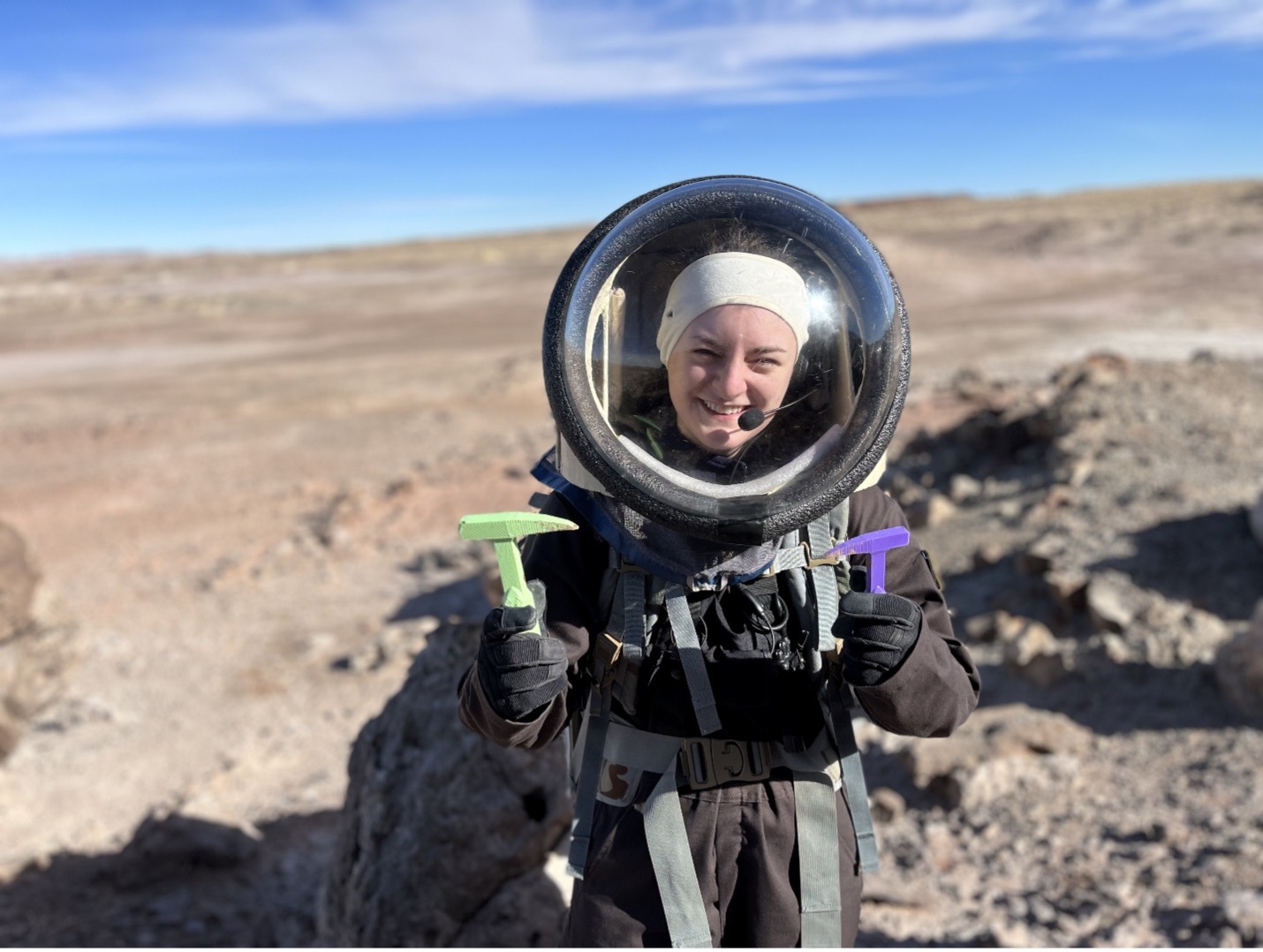

There was plenty to do for anyone stuck back at the ‘Hab’ during the EVA. Via airlocks and tunnels connected to the main living dome, we could reach the Science Dome with a lab and workstations, the Musk Observatory, the Repair and Maintenance Module, and a greenhouse called the GreenHab. On a given sol at the Hab, GreenHab Officer Madelyn Whitaker was often tending to the thriving microgreens. Our scientist, Arly Black, might have been processing data regarding the effects of isolation on cognitive performance factors, while I (Crew Journalist Kenny Pritchard) crafted a sol summary and planned living schedules for sols to come. We’d debrief upon the return of the EVA group and enjoy some kind of dehydrated powder medley for dinner – just like mom used to make! After our narrow window for report-writing and external communications, the evening brought some free time to unwind, as mental wellbeing is an important component of crew health in space missions.
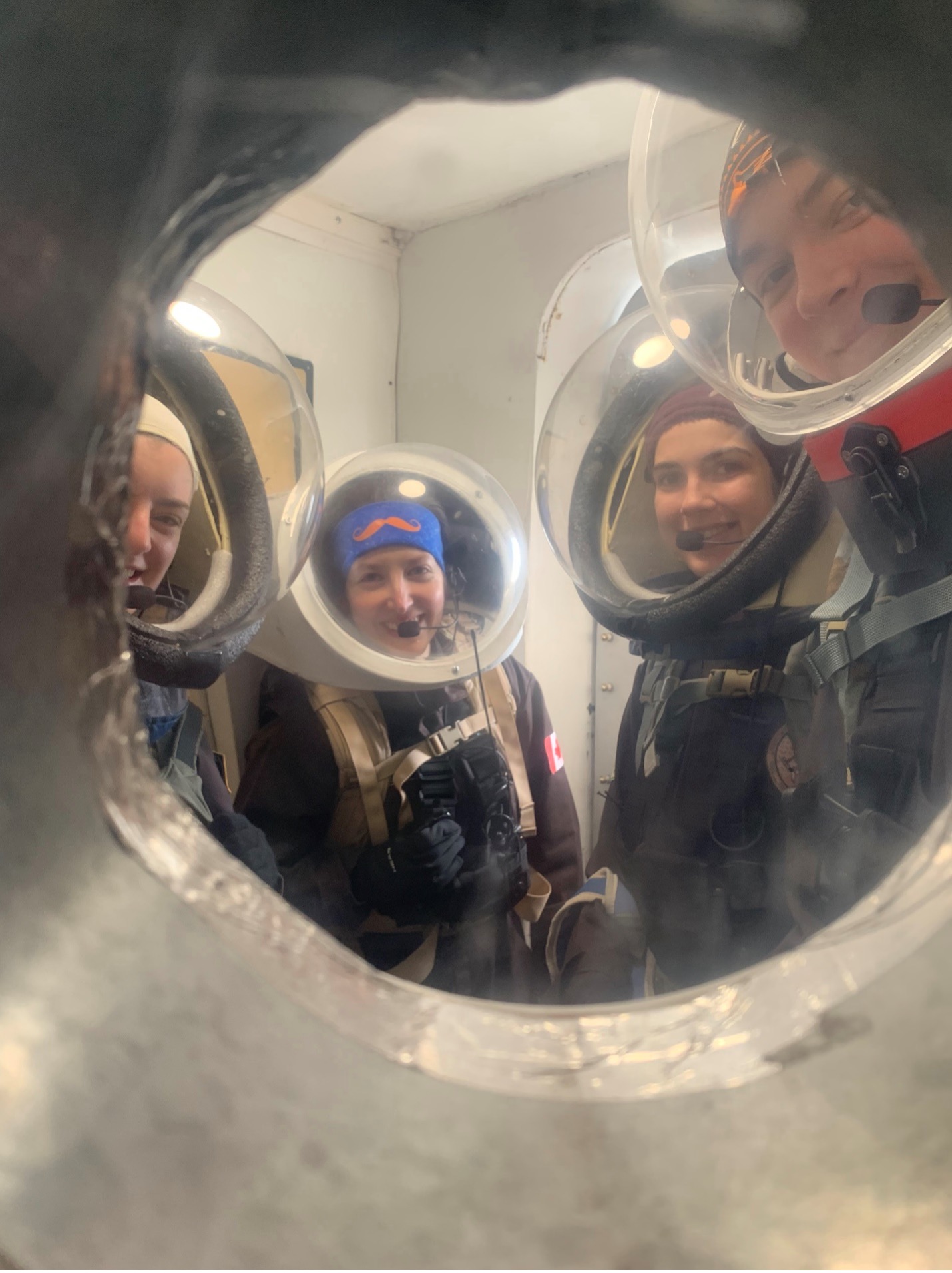

Throughout the two weeks of exploration, maintaining the Hab, and surviving the uncertainties of an inhospitable environment (and each other’s constant company), we were often forced to adapt to changing conditions in order to accomplish our academic goals. Sometimes this meant adjusting a schedule, and sometimes it meant devising a crafty solution, like when we 3D printed replacement tools as part of Megan’s project. The experience was overwhelmingly educational in many ways. We learned to gel as a team, master novel procedures, and produce research under unforgiving circumstances. It’s safe to say that MDRS left its mark on us – I hope we can say the same about our impact on analog habitat research and our university’s pioneering involvement in the field. Carrying on the legacy, Crews 288 and 289 will depart from Purdue next December.
